Common Plants and Hardscapes in a 1880 Cottage Garden ?
shines4u
19 years ago
Featured Answer
Comments (19)
Fori
19 years agoJillP
19 years agoRelated Professionals
Biloxi Landscape Contractors · Fairfield Landscape Contractors · Pueblo West Landscape Contractors · Wheat Ridge Landscape Contractors · White Bear Lake Landscape Contractors · Ansonia Landscape Contractors · Broomfield Siding & Exteriors · Liberty Siding & Exteriors · New Britain Siding & Exteriors · Eagan General Contractors · Goodlettsville General Contractors · Abington General Contractors · Endicott General Contractors · Fort Pierce General Contractors · West Whittier-Los Nietos General Contractorsshines4u
19 years agoJillP
19 years agoBarbara_Schwarz
19 years agoshines4u
19 years agoBarbara_Schwarz
19 years agoJosh
19 years agojosephine_sc
19 years agoCady
19 years agoCady
19 years agoginny12
19 years agoHomeMaker
19 years agoshines4u
19 years agoHomeMaker
19 years agoshines4u
19 years agoHomeMaker
19 years agoshines4u
19 years ago
Related Stories

FLOWERS AND PLANTSHelp Monarchs and Other Butterflies by Planting Common Milkweed
Summer-blooming Asclepias syriaca is an important larval host plant for the monarch butterfly and attracts a number of pollinating insects
Full Story
NATIVE PLANTSPlant These Fall-Flowering Natives in Early Summer for Pollinator Love
These 3 groups of plants will support masses of beneficial insects come autumn
Full Story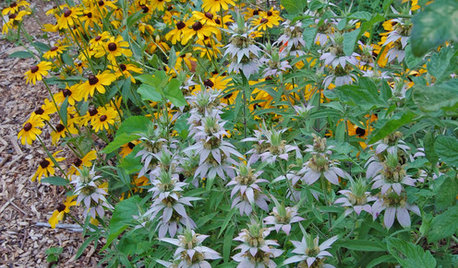
GARDENING GUIDESGreat Design Plant: Spotted Beebalm (Monarda punctata)
Looking for unusual, long-lasting blooms, low maintenance and deer resistance? Try this self-sowing perennial
Full Story
GROUND COVERSNative Alternatives to English Ivy, Japanese Pachysandra and Periwinkle
These shade-loving ground covers are good for the environment and say something about where you are
Full Story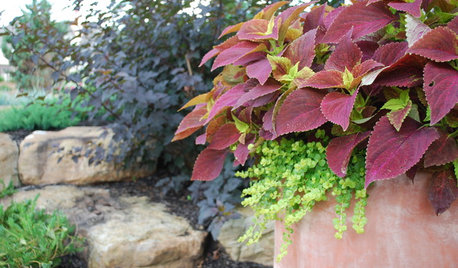
LANDSCAPE DESIGNUnify Your Garden With a Common Thread
Bring the areas of your garden together to give it a unique sense of place
Full Story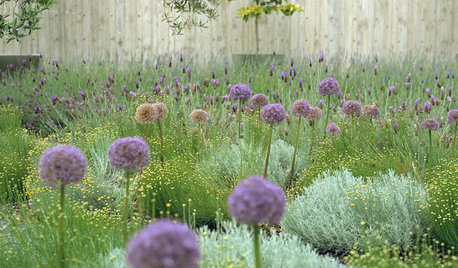
GARDENING GUIDESGreat Design Plant: Ornamental Allium
Lollipop blooms on tall, leafless stems add an architectural element to gardens of all styles
Full Story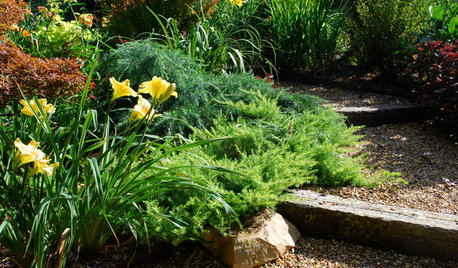
GARDENING GUIDESGreat Design Plant: Cedrus Deodara ‘Feelin’ Blue’
The smallest of the cedars softens a hardscape while bringing structure and texture to the garden
Full Story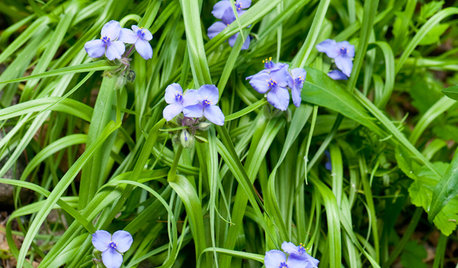
GARDENING GUIDESGreat Design Plant: Tradescantia Ohiensis Adds Shades of Blue
This reliable, adaptable U.S. native provides spider-like foliage and clusters of blue to purple flowers in Eastern gardens each spring
Full Story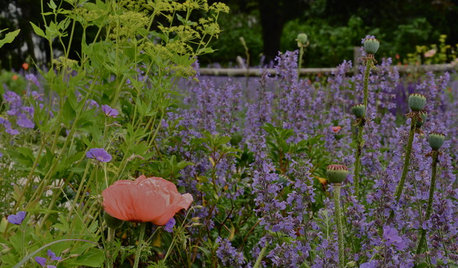
GARDENING GUIDESGreat Design Plant: Walker's Low Catmint
Prolific purple blooms, fragrant leaves, and cold-hardiness makes this a go-to plant for almost any garden
Full Story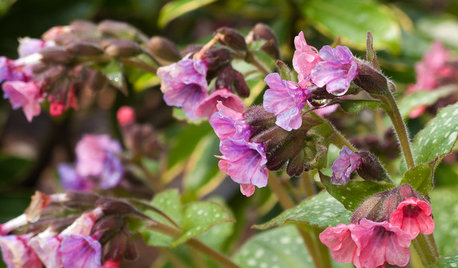
GARDENING FOR BUTTERFLIESGreat Design Plant: Lungwort
Yes, the name is unfortunate. But the flowers and foliage are delightful, and this perennial is easy to grow and shunned by deer
Full StoryMore Discussions






Saypoint zone 6 CT